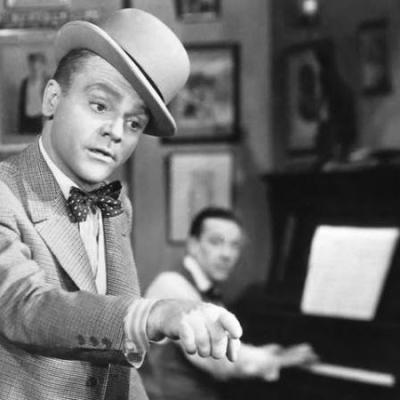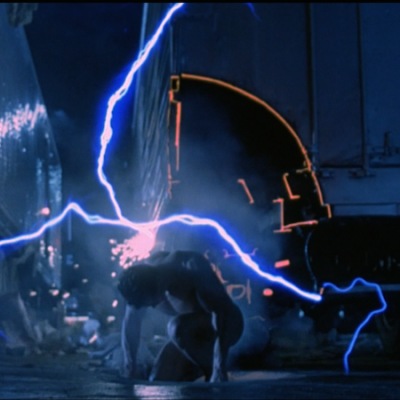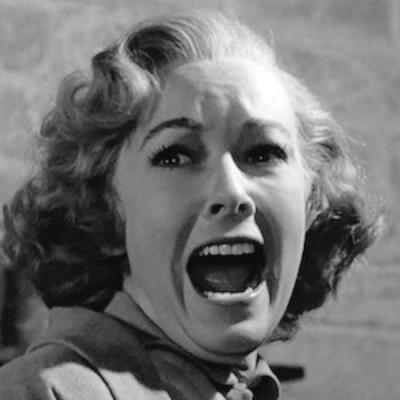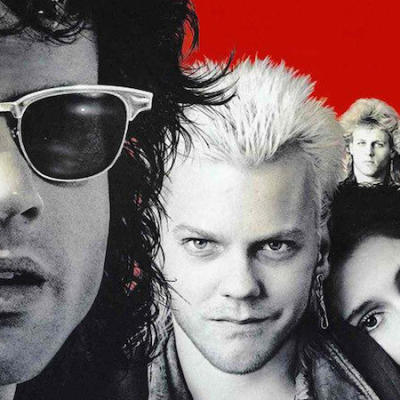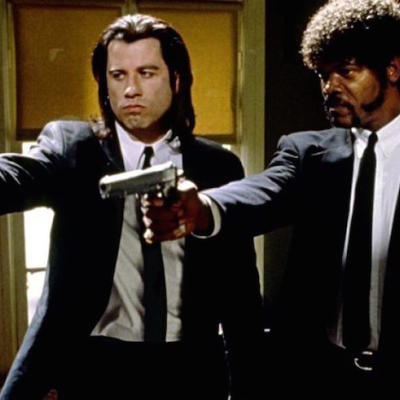Five Fab Films Noirs
So far, this November is looking a little bit grey: Rain-slicked streets, raincoats, darkened rooms, ominous thunder. It’s like living in a film noir. Populated with gruff P.I.’s, hardened crims and dangerously sexy femmes fatales, there’s nothing quite like a good film noir. Emerging in the 1940s as a dark and gritty alternative to the somewhat saccharine nature of Hollywood, film noir is a massively influential and stylised film movement that brings hardboiled mystery narratives to life on screen.
The Big Sleep (1946)
Adapted from Raymond Chandler’s novel starring the iconic character of P.I. Philip Marlowe, The Big Sleep brings together the legendary pairing of Humphrey Bogart and Lauren Bacall. This taut, maze-like mystery, charged with layers upon layers of menace and sexual tension (often in the same scene), may not be the first film noir, but it is one of the purest examples. Surprisingly frank and violent for the time, The Big Sleep has lost little of its power to titillate and startle.
Kiss Me Deadly (1955)
Kiss Me Deadly has become such an oft-imitated movie, that it can almost read as camp to modern day viewers. Indeed, this is one of the most over-the-top noirs ever made, with its, punch-now-ask-questions-later protagonist Mike Hammer (Ralph Meeker) and its sinister mystery that is emblematic of the height of Cold War paranoia. Referenced endlessly in other movies (most notably the glowing briefcase in Quentin Tarantino’s noir pastiche Pulp Fiction) Kiss Me Deadly is a brilliant piece of movie magic.
The Killing (1956)
Even Stanley Kubrick had a go at noir. In the director’s trademark style, this is no straight-ahead heist flick. Plotting to steal two million dollars before starting a new life with his wife Fay (Coleen Gray), Johnny Clay (Sterling Hayden) gathers together a group of conspirators to pull of the daring heist. The narrative folds back upon itself as it shows events from the perspective of each participant, with not everything going according to plan. Morally complex and full of exact detail, The Killing is an unforgettable movie experience.
Chinatown (1974)
After the initial wave of film noir died out in the early 1960s, it became the subject of parodies and subversive takes from European filmmakers. Roman Polanski’s Chinatown is a loving tribute to film noir, enhancing the dark, psychosexual nature of the genre. Starring Jack Nicholson as P.I. Jake Gittes and Faye Dunaway as Evelyn Mulwray, the woman who hires him suspecting her husband is having an affair, Chinatown leads us down a rabbit hole of corruption and conspiracy in the heart of Los Angeles.
Mulholland Dr. (2001)
David Lynch is no stranger to film noir, having appropriated the genre’s tropes in some way in all his work since Blue Velvet in 1986. With a title that recalls Billy Wilder’s classic noir Sunset Blvd., his 2001 film Mulholland Dr. is a pitch perfect subversion of the dream of Hollywood. The film stars Naomi Watts as Betty Elms, who travels to Hollywood to make it in the pictures, only discover an amnesiac (Laura Harring) living in her aunt’s house. This disorienting, mind-bending mystery is a tale of death, jealousy and unrequited love amid the sparkling lights of showbiz.
